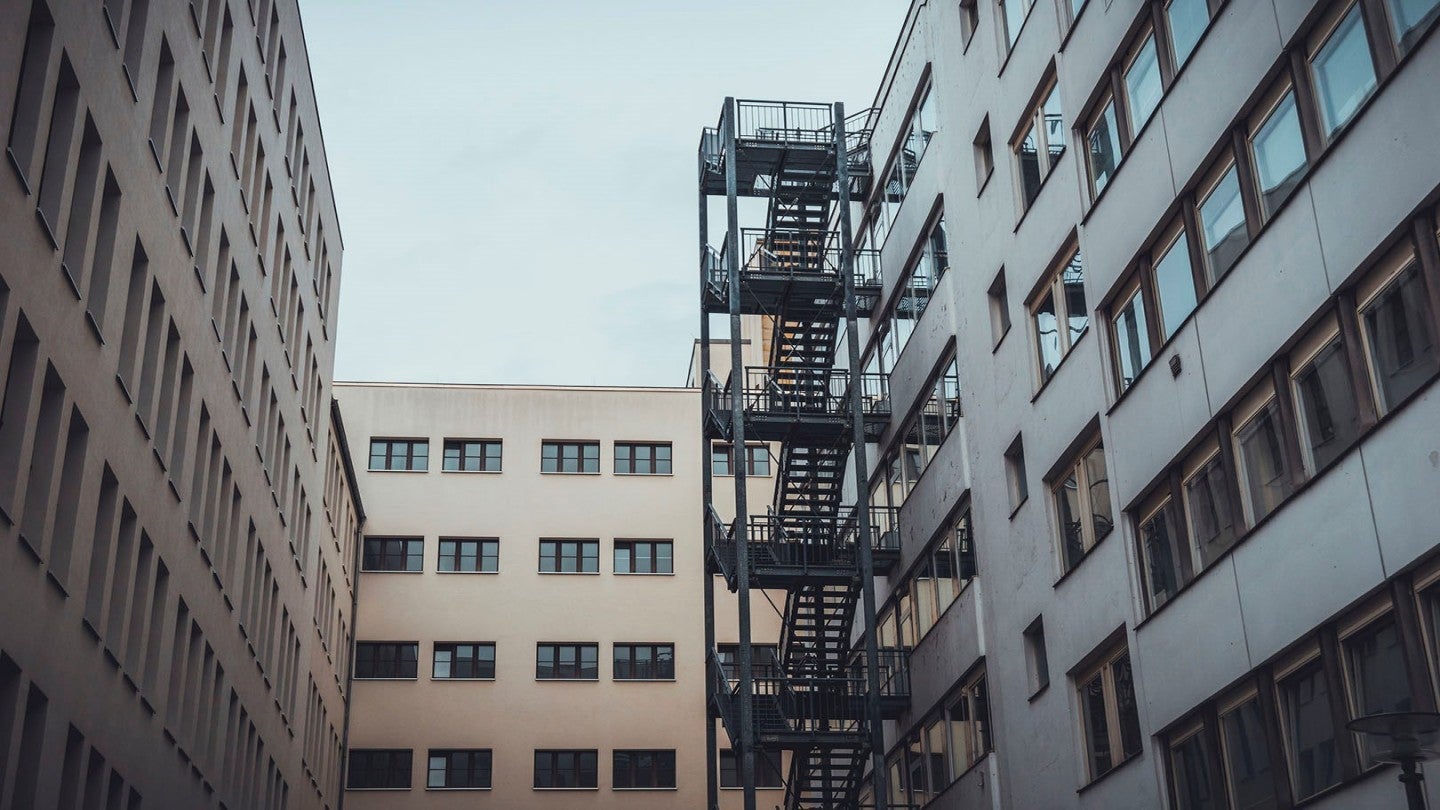
The ABI has confirmed the establishment of the Fire Safety Reinsurance Facility, with cover set to commence on 1 April 2024.
The facility looks to address the challenge of securing insurance for buildings with combustible cladding and other fire safety concerns.
It has been created by London-based speciality reinsurer McGill and Partners with support from the ABI, and working in collaboration with the BIBA.
Two main objectives of the facility are expanding the capacity of insurers that are involved in writing business for high-risk buildings and increasing competition in the insurance market.
The launch of the Fire Safety Reinsurance Facility comes in response to the urgent need for safer buildings, with an operational window of three to five years anticipated while remediation works are carried out.
Insurers such as Allianz, Aviva, Axa, RSA and Zurich will start by including high-risk buildings they currently insure in the facility at renewal time.
These are some of the active companies in the insurance market for providing cover for commercial and residential buildings, despite the increased risks highlighted by the Grenfell tragedy and the subsequent Dame Judith Hackitt Review.
The heightened risk of fire in these buildings has led insurers to limit coverage, resulting in the formation of a ‘layered’ insurance approach involving multiple companies, which increases costs.
The new facility, backed by a reinsurance panel led by Swiss Re, will allow insurers to extend their capacity and take on new business, potentially simplifying and reducing the cost of insurance for affected buildings.
While the facility marks a significant step forward, the ABI acknowledged that not all leaseholders will benefit equally.
The most substantial impact will be on buildings currently facing high ‘layered’ insurance premiums.
In contrast, buildings with a single insurer may not see a premium change. The longer-term goal is to boost competition and encourage more companies to insure high-risk buildings.
ABI General Insurance director Mervyn Skeet said: “Establishing the facility is a significant step forward, but government intervention and swifter remediation is still [the] only long-term solution.
“We strongly encourage government to consider how it can support [the] facility to boost confidence in the market or remove Insurance Premium Tax for affected buildings, to offer more immediate relief to leaseholders.”







